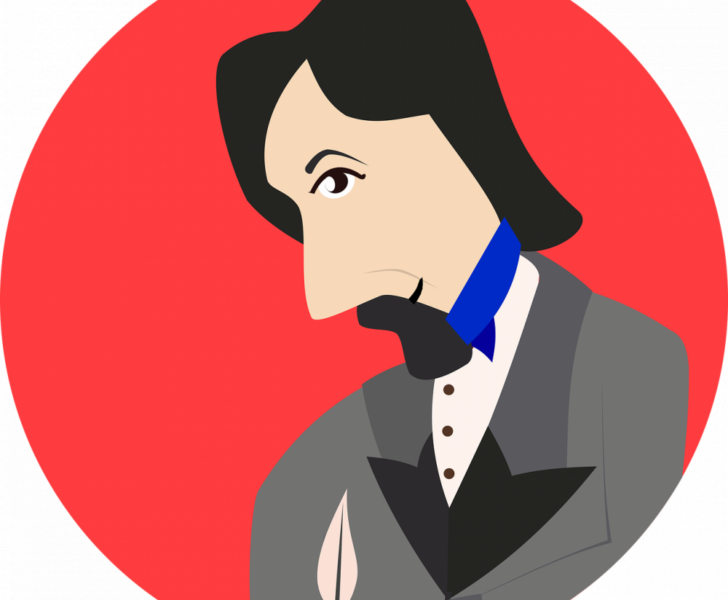Persuasion by Jane Austen: A Timeless Masterpiece

Introduction:
Persuasion, written by the renowned English novelist Jane Austen, is a classic work of literature that has captivated readers for centuries. Set in 19th-century England, this novel explores themes of love, societal expectations, and personal growth. In this comprehensive article, we will delve into the key elements of Persuasion, its historical significance, and its enduring appeal amongst art enthusiasts and collectors worldwide.
Historical Context:

To truly appreciate Persuasion, it is essential to understand the historical backdrop against which the novel was written. Austen lived during a time of great socio-political changes, as the Industrial Revolution transformed Britain’s social fabric. Austen’s keen observations of society’s intricacies are evident in Persuasion, as she provides an accurate portrayal of the norms, customs, and class divisions prevalent during the Regency era.
The Evolution of Persuasion:
Since its publication in 1817, Persuasion has undergone significant transformations in both critical reception and cultural impact. Initially, Austen’s works were met with mixed reviews, as they were often judged against the prevailing norms of masculine literature. However, in the 20th century, Austen’s genius began receiving the recognition it deserved, catapulting Persuasion into the literary canon.
Key Plot Points and Themes:
Persuasion follows the story of Anne Elliot, a 27-year-old woman who struggles with the consequences of past decisions and the societal pressures imposed upon her gender. The novel explores the themes of second chances, redemption, and the power of self-belief. Anne’s journey towards self-discovery and the rekindling of a lost love offer readers a rich tapestry of emotions, making Persuasion a truly engaging and thought-provoking read.
The Role of Art and Beauty:
Throughout Persuasion, Austen weaves a subtle thread of appreciation for art and beauty. While not overtly focused on the world of fine arts, the novel showcases the significance of aesthetic pleasure in human existence. Austen’s skillful descriptions of landscapes, architecture, and the visual arts instill a sense of admiration for the beauty that surrounds us. This aspect of Persuasion resonates deeply with art enthusiasts and collectors who value the transformative power of creativity.
Persuasion’s Relevance Today:
Despite being written more than two centuries ago, the themes and social commentary woven into Persuasion remain remarkably relevant today. Austen’s exploration of societal expectations, the challenges faced by women in a patriarchal society, and the importance of personal agency continues to resonate with readers. The universal nature of these themes contributes to Persuasion’s enduring popularity among those with an appreciation for art and its ability to reflect the human experience.
Structuring for Featured Snippets:
To enhance the likelihood of the article appearing as a featured snippet on Google search, the following bulleted structure can be utilized:
1. Introduction:
– Briefly introduce Persuasion and its historical context.
– Highlight the enduring appeal of the novel to art enthusiasts and collectors.
2. Historical Context:
– Discuss the socio-political changes during Austen’s time.
– Explain how Austen’s observations are reflected in Persuasion.
3. The Evolution of Persuasion:
– Explore the initial reception of Austen’s works.
– Discuss the resurgence of recognition in the 20th century.
4. Key Plot Points and Themes:
– Provide a brief overview of the novel’s plot.
– Highlight the themes of second chances, redemption, and self-belief.
5. The Role of Art and Beauty:
– Emphasize Austen’s subtle appreciation for aesthetics.
– Connect this aspect to the interests of art enthusiasts and collectors.
6. Relevance Today:
– Explain how Persuasion’s themes remain relevant in contemporary society.
– Discuss its ongoing popularity among art enthusiasts.
Conclusion:
Persuasion by Jane Austen is a literary masterpiece that continues to captivate readers with its timeless themes and compelling narrative. Its exploration of societal expectations, personal growth, and the power of love transcends time, making it an essential read for art enthusiasts and collectors alike. Austen’s ability to create relatable characters and thought-provoking plotlines ensures that Persuasion will remain a cherished work of art for generations to come.











